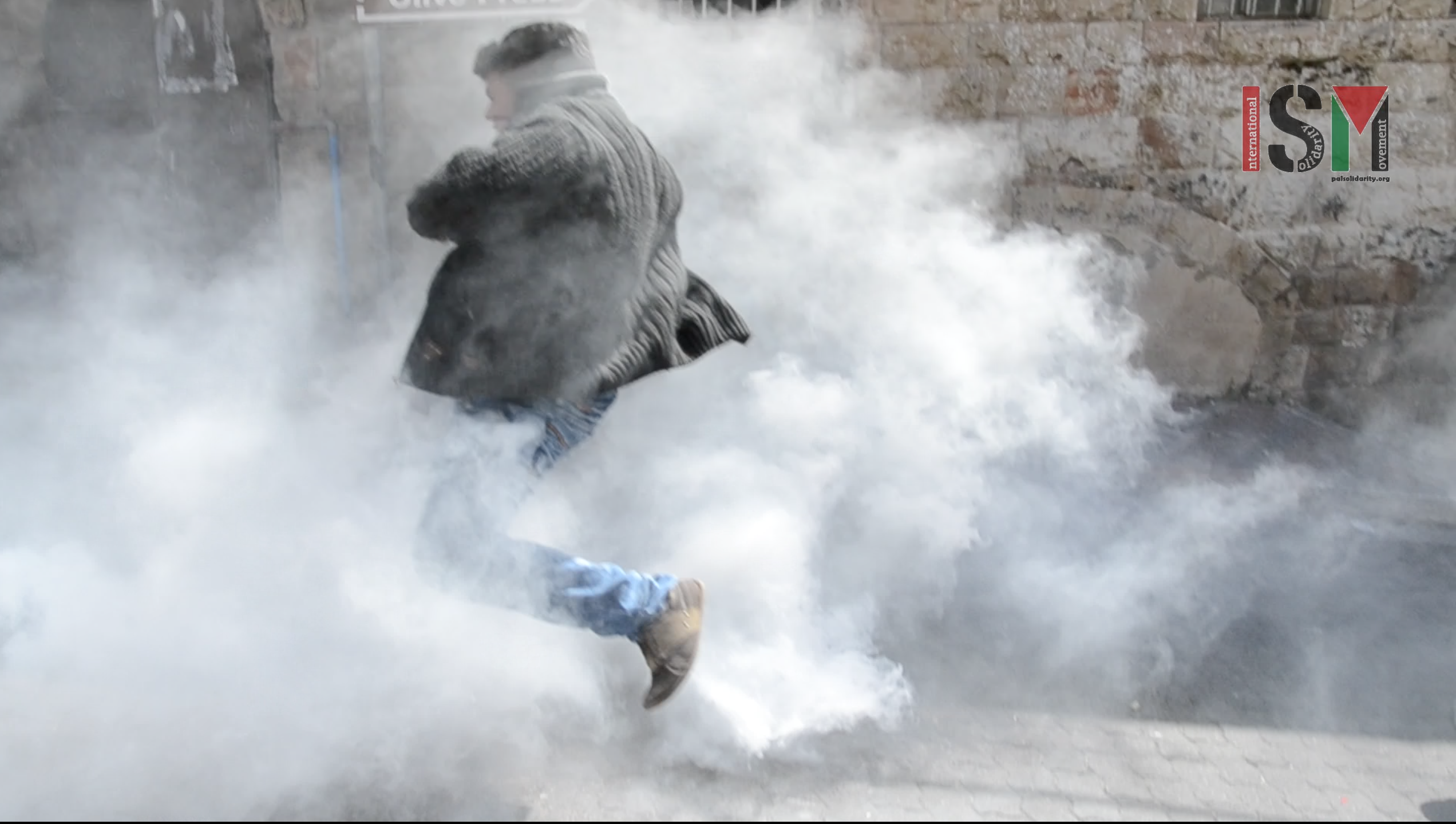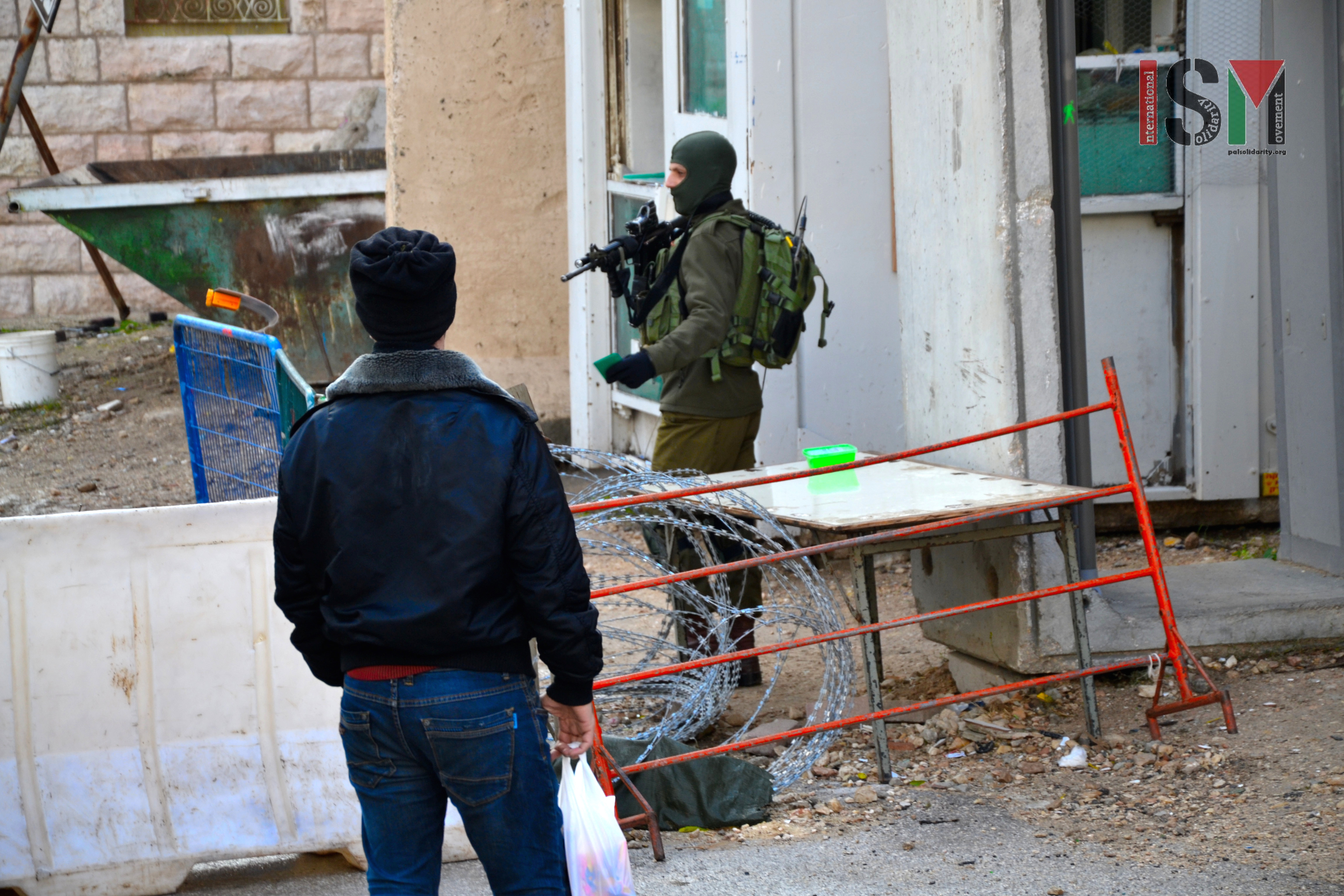Category: Photo Story
-
Hebron’s eighth annual demonstration to open Shuhada Street: in pictures
2nd March 2017 | International Solidarity Movement, al-Khalil team | Hebron, occupied Palestine The eighth annual demonstration against the closure of the Tel Rumeida and Shuhada Street districts of Hebron was dispersed by Israeli violence within five minutes of setting off this year. Nearly a thousand attended from all over Palestine, and included Israeli and…
-
Photo story: Gilbert checkpoint impeding Palestinian daily life (January 2017)
31st January 2017 | International Solidarity Movement, al-Khalil team | Hebron, occupied Palestine In the old city of occupied al-Khalil (Hebron), Palestinians’ freedom of movement is impeded by a large number of Israeli checkpoints. In the Tel Rumeida neighborhood, many school-children and teachers are forced to pass at least one, often more, checkpoint daily on…
-
Demonstrators demand return of martyrs bodies in Bethlehem
15th January 2017 | International Solidarity Movement, al-Khalil team | Bethlehem, occupied Palestine The Prisoners Club held a demonstration and march to the illegal apartheid wall on Sunday afternoon to demand the return of the bodies of martyrs held unjustly by the colonial occupying Zionist State of Israel. The Zionist Israeli forces often take the…



